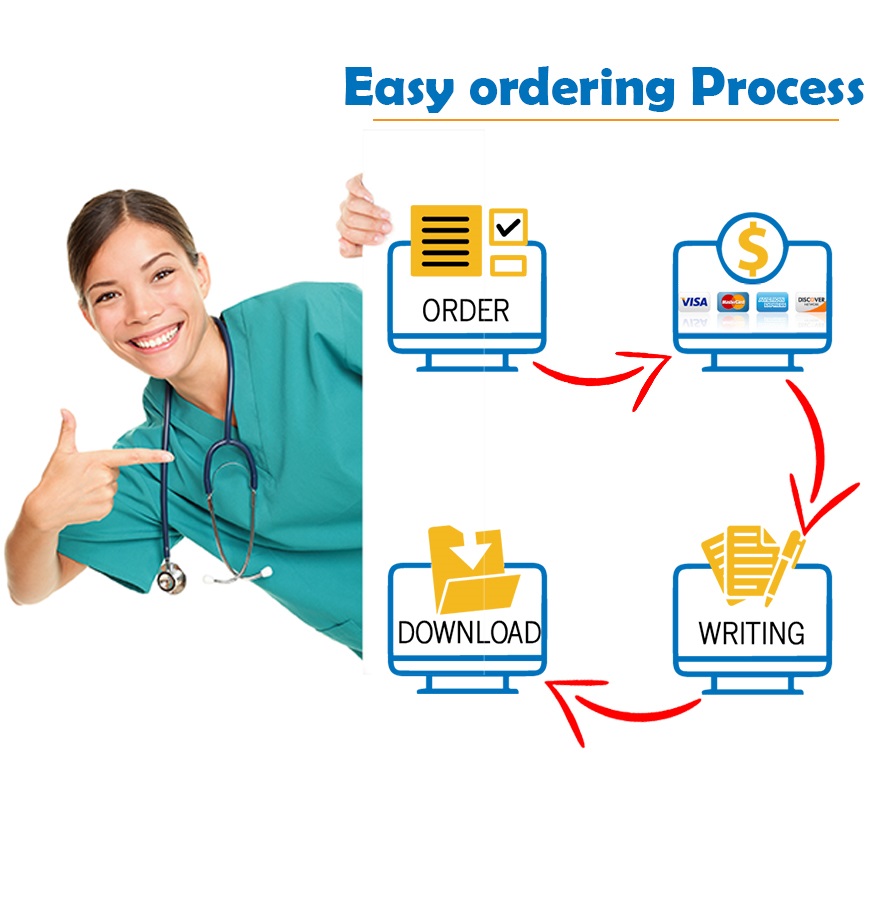Please submit your assignment with complete answers and show
calculations.
*** Submit
plagiarism check report with your assignment*** I will do this PART.
Chapter 11
Questions
(11-2) Operating
cash flows, rather than accounting profits, are used in project analysis. What
is
the basis for this emphasis on cash flows as opposed to
net income?
(11-4) Explain why
sunk costs should not be included in a capital budgeting analysis but
opportunity costs and externalities should be included.
(11-5) Explain how
net operating working capital is recovered at the end of a project’s life and
why it is included in a capital budgeting analysis.
(11-7) Why are
interest charges not deducted when a project’s cash flows are calculated for
use in
a capital budgeting analysis?
(11-8) Most firms
generate cash inflows every day, not just once at the end of the year. In
capital
budgeting, should we recognize this fact by estimating
daily project cash flows and then
using them in the analysis? If we do not, will this bias
our results? If it does, would the
NPV be biased up or down? Explain.
(11-11) In theory,
market risk should be the only “relevant” risk. However, companies focus as
much on stand-alone risk as on market risk. What are the
reasons for the focus on stand-
alone risk?
Chapter 11 Problems
(11-3) Allen Air
Lines must liquidate some equipment that is being replaced. The equipment
originally cost $12 million, of which 75% has been
depreciated. The used equipment can
be sold today for $4 million, and its tax rate is 40%.
What is the equipment’s after-tax net
salvage value?
(11-4) Although
the Chen Company’s milling machine is old, it is still in relatively good
working
order and would last for another 10 years. It is inefficient
compared to modern standards,
though, and so the company is considering replacing it.
The new milling machine, at a
cost of $110,000 delivered and installed, would also last
for 10 years and would produce
after-tax cash flows (labor savings and depreciation tax
savings) of $19,000 per year. It
would have zero salvage value at the end of its life. The
firm’s WACC is 10%, and its
marginal tax rate is 35%. Should Chen buy the new
machine?
(11-6) The
Campbell Company is considering adding a robotic paint sprayer to its
production line. The sprayer’s base price is $1,080,000,
and it would cost another
$22,500 to install it. The machine falls into the MACRS
3-year class, and it would be
sold after 3 years for $605,000. The MACRS rates for the
first three years are 0.3333,
0.4445, and 0.1481. The machine would require an increase
in net working capital
(inventory) of $15,500. The sprayer would not change
revenues, but it is expected to
save the firm $380,000 per year in before-tax operating costs,
mainly labor.
Campbell’s marginal tax rate is 35%.
a. What is the Year 0 net cash flow?
b. What are the net operating cash flows in Years 1, 2,
and 3?
c. What is the additional Year-3 cash flow (i.e., the
after-tax salvage and the return of
working capital)?
d. Based on your IRR analysis, if the project’s cost of
capital is 12%, should the machine be purchased?
Chapter 12 Problems
(12-1) Broussard
Skateboard’s sales are expected to increase by 15% from $8 million in
2013 to $9.2 million in 2014. Its assets totaled $5
million at the end of 2013.
Broussard is already at full capacity, so its assets must
grow at the same rate as
projected sales. At the end of 2013, current liabilities
were $1.4 million, consisting
of $450,000 of accounts payable, $500,000 of notes
payable, and $450,000 of
accruals. The after-tax profit margin is forecasted to be
6%, and the forecasted
payout ratio is 40%. Use the AFN equation to forecast
Broussard’s additional funds
needed for the coming year.
(12-8) Stevens
Textiles’s 2013 financial statements are shown here:
Balance Sheet as
of December 31, 2013 (Thousands of Dollars)
Cash $ 1,080
Accounts payable $ 4,320
Receivables 6,480 Accruals
2,880
Inventories 9,000 Line of credit 0
Total current assets $16,560
Notes payable 2,100
Net fixed assets 12,600 Total current liabilities
$
9,300
Mortgage bonds 3,500
Common
stock 3,500
______ Retained
earnings 12,860
Total assets $29,160
Total liabilities and equity $
29,160
Income Statement
for December 31, 2013 (Thousands of Dollars)
Sales
$36,000
Operating costs 32,440
Earnings before interest and taxes $ 3,560
Interest
460
Pre-tax earnings $ 3,100
Taxes (40%)
1,240
Net income $ 1,860
Dividends (45%) $ 837
Addition to retained earnings $ 1,023
a. Suppose 2014 sales are projected to increase by 15%
over 2013 sales. Use the
forecasted financial statement method to forecast a
balance sheet and income
statement for December 31, 2014. The interest rate on all
debt is 10%, and cash
earns no interest income. Assume that all additional debt
in the form of a line of
credit is added at the end of the year, which means that
you should base the
forecasted interest expense on the balance of debt at the
beginning of the year. Use
the forecasted income statement to determine the addition
to retained earnings.
Assume that the company was operating at full capacity in
2013, that it cannot sell
off any of its fixed assets, and that any required
financing will be borrowed as
notes payable. Also, assume that assets, spontaneous
liabilities, and operating costs
are expected to increase by the same percentage as sales.
Determine the additional
funds needed.
b. What is the resulting total forecasted amount of the
line of credit?
"Looking for a Similar Assignment? Order now and Get 10% Discount! Use Code "GET10" in your order"





